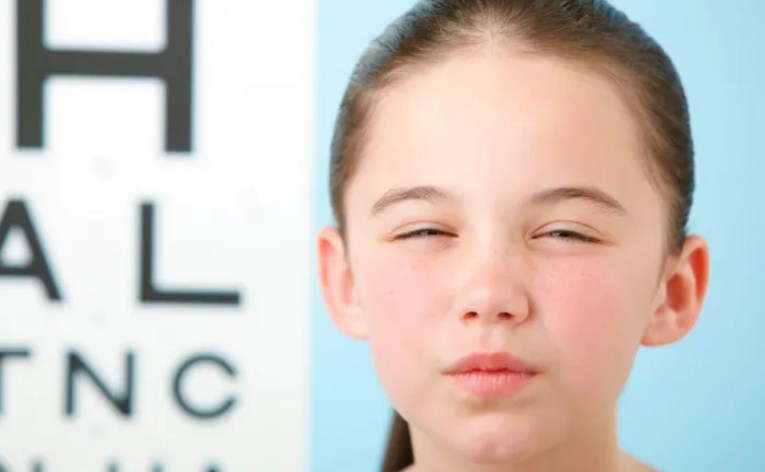
One in Three Children Now Short-Sighted, Global Study Finds
A growing number of children worldwide are becoming short-sighted, with one in three now struggling to see things clearly at a distance, according to a global analysis. Researchers suggest that the increase in screen time and reduced outdoor activity during Covid lockdowns has negatively impacted children’s eyesight.
Short-sightedness, or myopia, has become a pressing global health issue. By 2050, the study warns, millions more children will likely be affected. The highest rates of myopia are seen in Asia, where 85% of children in Japan and 73% in South Korea are short-sighted. In contrast, countries like Paraguay and Uganda have some of the lowest rates at around 1%. In the UK, Ireland, and the US, roughly 15% of children are affected.
The study, published in the British Journal of Ophthalmology, analyzed data from more than five million children and teenagers across 50 countries. It found that the prevalence of myopia has tripled since 1990, reaching 36% by 2023. The surge in cases was particularly noticeable after the Covid-19 pandemic.
Myopia typically begins in primary school and worsens until the eye stops growing, around age 20. Several factors contribute to the rise in myopia, including genetics and early exposure to screen use and reading. In parts of Asia, where children start formal education as early as two years old, eye strain from focusing on books and screens at a young age is linked to higher rates of myopia.
In contrast, African countries, where schooling often begins between the ages of six and eight, have significantly lower rates of myopia. The researchers suggest that the extended indoor time during global lockdowns contributed to deteriorating vision in children and teenagers.
By 2050, more than half of teenagers worldwide could be affected by short-sightedness, the study predicts. Girls are particularly at risk, as they tend to spend less time outdoors than boys and experience earlier growth and development, leading to earlier onset of myopia.
While Asia is expected to have the highest rates of myopia by 2050—nearly 69%—developing countries may also see rates reaching 40%.
Protecting Children’s Eyesight
To reduce the risk of short-sightedness, experts recommend that children spend at least two hours outdoors each day, particularly between the ages of seven and nine. The benefits may be linked to exposure to natural sunlight, exercise, and focusing on distant objects.
Daniel Hardiman-McCartney, clinical adviser at the UK College of Optometrists, emphasizes the importance of outdoor time and encourages parents to have their children’s eyes tested between the ages of seven and 10, even if they have had earlier eye checks.
Myopia tends to run in families, so if parents are short-sighted, their children are three times more likely to develop it. While myopia cannot be cured, it can be corrected with glasses or contact lenses. Special lenses that slow the progression of myopia are available but are often expensive. In some Asian countries, glass classrooms that simulate outdoor learning environments are being used to help reduce the strain on children’s eyes.
High rates of myopia in childhood are concerning, as they can lead to serious eye conditions later in life.
Signs of Short-Sightedness
- Difficulty reading distant text, such as a school whiteboard
- Sitting very close to screens or holding devices close to the face
- Frequent headaches
- Rubbing eyes often






